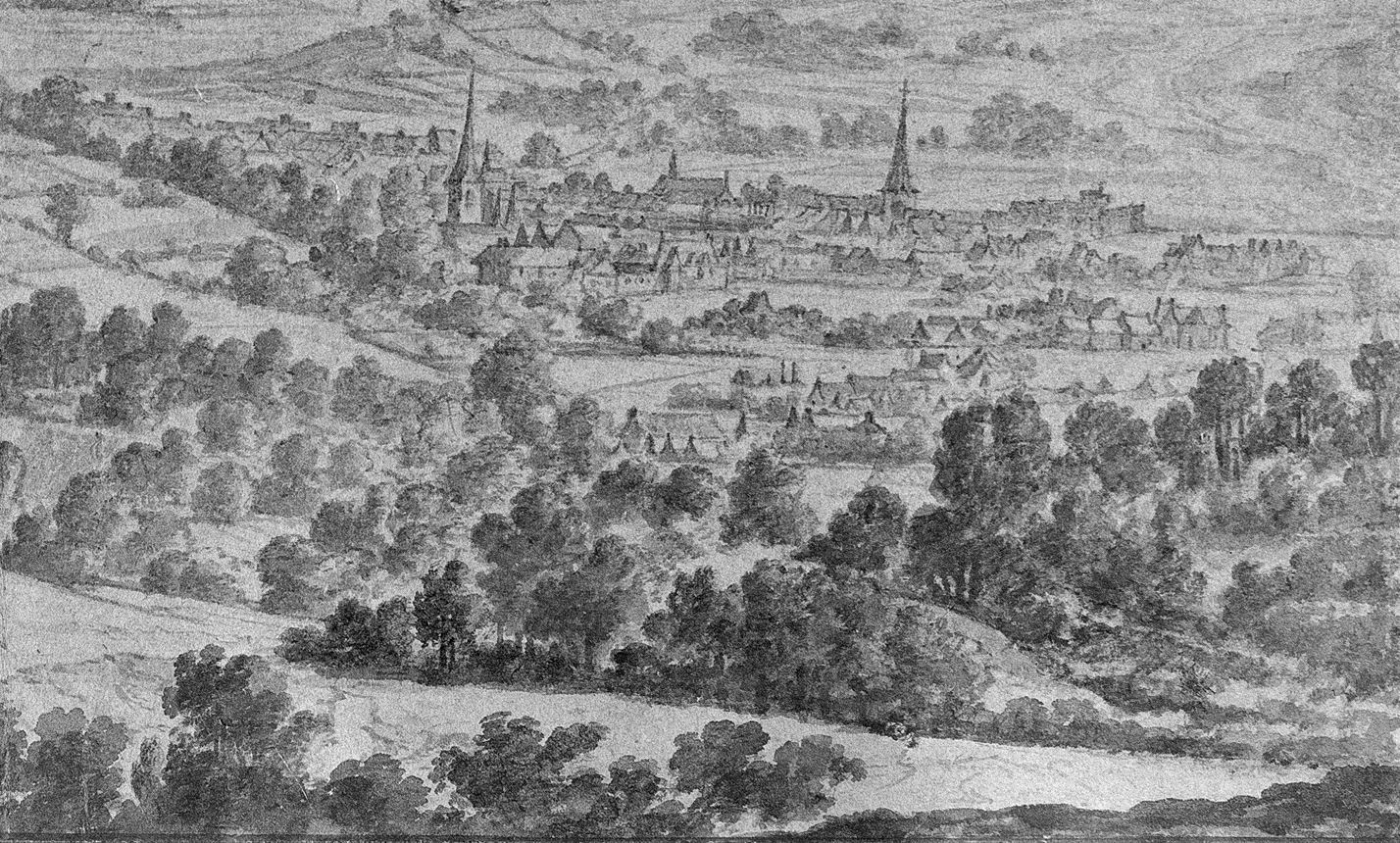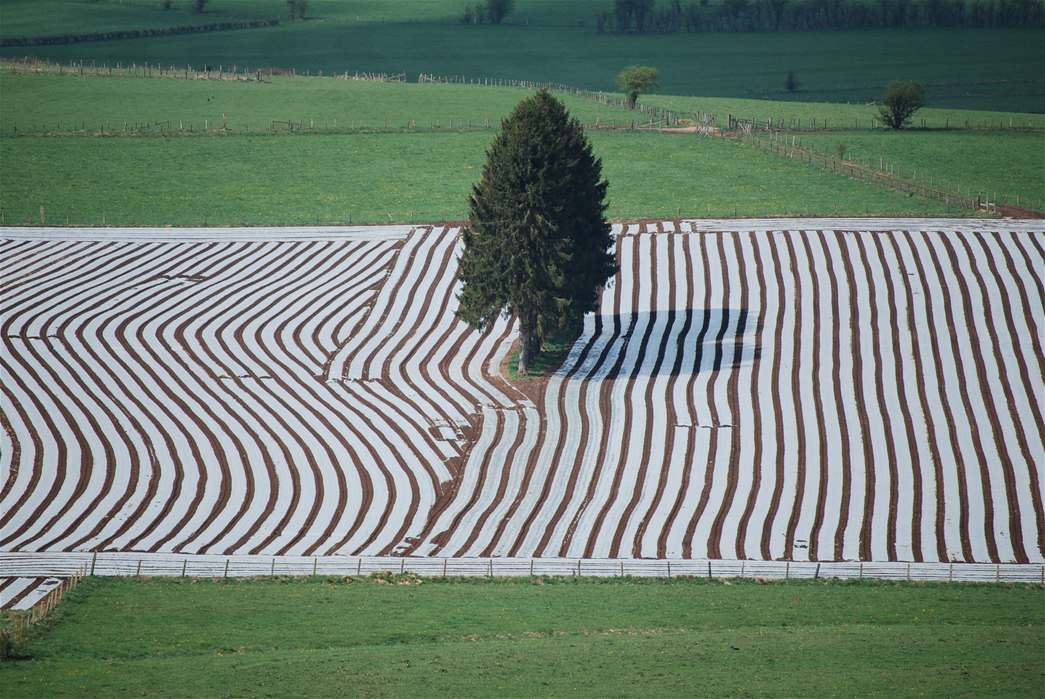Anyone who wants to know why maize cultivation in the Eifel is worthwhile again only needs to look at the landscape with open eyes in spring. The suspicion arises that packaging artist Christo may have paid a visit. For more than five years, more and more arable land for maize cultivation has been wrapped in foil from April onwards. Especially in sunlight, these covers produce impressive images.
The idea of covering arable land with foil was developed in Ireland in 1996. Before the turn of the millennium, this new approach spread quite quickly in Ireland, England and Canada. Since 2008, Dutch, German, and Belgian farmers have also been experimenting with this method. The film is starch-based and biodegradable. It decomposes like an organic bag in the field. To keep the crop weed-free, a pre-emergence herbicide, i.e. a weed killer, is applied at the same time.
The promised advantage: sowing can take place up to three weeks earlier. The soil temperature is about 5 °C higher under the film, so that the first green maize plants can be seen after just a few days. After about six weeks, the maize plants poke through the film. A few days later, the previously rolled-up leaves spread. The accelerated vegetation now also becomes very visible. In the enlargement phase (when plant cells stretch), about 40 to 50 cm of growth advance can be observed.
With this method, higher-yielding varieties can be grown even in less favourable locations (such as the Belgian Eifel). Yield and quality can usually be increased by up to 20 percent. While film is environmentally sound, the increasing cultivation of maize should also be viewed critically: on the one hand, maize monocultures have a negative impact on biodiversity; on the other, although they require less manure than grassland on the rather poor soils, fertilisers are usually applied within a very narrow window of time, and then quite often at a rate that is too high.
Carlo Lejeune

